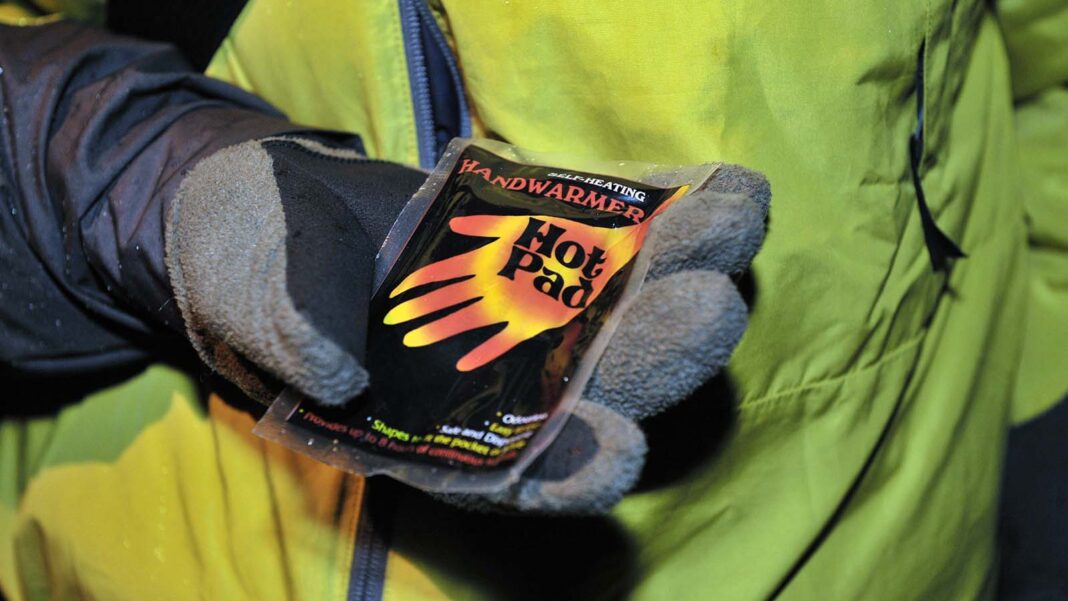When your hands — or toes — get so cold that even your best gloves and socks can’t keep them toasty, those little plastic pockets of magical powder that we call hand warmers can bring big relief. Since a hand warmer produces heat in a short period, it’s good to have in emergencies, and perfect to tuck inside your mittens during winter activities like snow skiing, or just watching your favorite football team. But ? Do they contain tiny demons who warm your hands with hellfire? Or is it some horrific chemical reaction that will turn your hands into sentient beings who want to live independently from the rest of your body? Advertisement Luckily, the science behind those hand warmers is pretty simple.
It turns out they use the same process that transforms iron to , just a lot faster. As the name suggests, hand warmers keep your hands warm. They produce heat quickly, and some of these products are effective from seven hours to 24 hours.
“You want to make this thing act quickly because people like to open up the packet and feel warm right away, but you also want it to last a long,” says , who previously worked as a manager of engineering at product development at a company that sells hand warmers. Advertisement Niichi Matoba from introduced the hand warmer in 1923. Today they come as individually wrapped mesh packets sealed in plastic.
The packets for air-activated hand warmers are microporous, which means they have tiny holes that let in oxygen. The warmers for hands have very tiny holes, while toe warmers designed for feet have larger (but still very small) holes. That’s because there’s less air inside your boots and shoes, so those warmers need more oxygen to activate.
Advertisement There are inside a hand warmer: To become hot, oxygen reacts with the iron powder, water and salt in the packet, which oxidizes the iron. (Oxidization is also known as rust. ) Advertisement But when your car’s fender or your garden shovel rusts, it does not feel hot.
That’s because that process happens very slowly. A sped-up exothermic reaction ( ) in hand warmers makes it so that we notice the warmth quickly. is a mineral that absorbs water.
It helps keep the amount of water inside the packet in check so that the oxidization process can continue. Activated charcoal helps disperse the heat evenly so you don’t have any hot spots against your skin, and it controls the pace of the reaction. The vermiculite and activated charcoal work together with the oxidization so the hand warmer can last for hours.
Some companies add more iron so the hand warmer lasts longer. Others choose to change the iron powder. “If you vary the raw materials in the warmer, you can change how quickly the reaction happens or how much of the warmer is reacted at one time,” Vergona says.
Advertisement So, it’s not demons, and it’s not scary chemicals and it’s not even magic that’s causing these packets to warm cold hands. But the heat in that hand warmer is toasty; those little packets can produce temperatures between (37 and 82 degrees Celsius), which should keep your digits nice and cozy. And it’s totally safe to throw used hand warmers in the garbage.
No hazmat team required. Advertisement Reusable hand warmers work a little differently. They have a inside the packet.
As the solution crystalizes (sodium being salt), it releases energy as heat. To reuse these hand warmers, boil the closed packet in water to return the crystals to a liquid. .
From: howstuffworks
URL: https://science.howstuffworks.com/disposable-hand-warmers.htm



